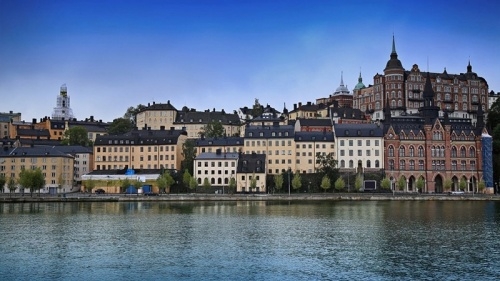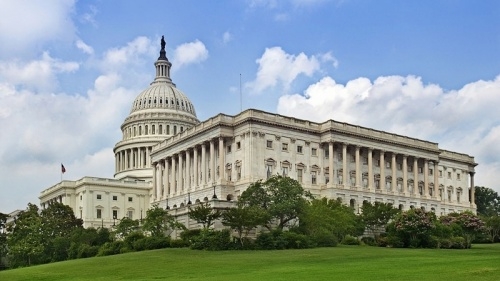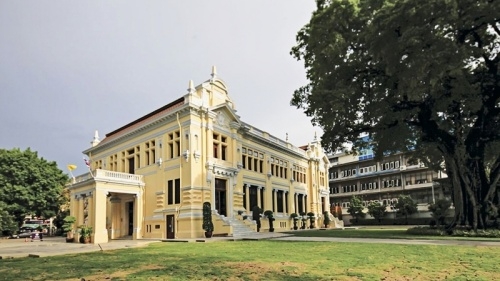The Great Wall of China (simplified Chinese: 長城; traditional Chinese: 長城; pinyin: Chángchéng; literally "Long wall") or (simplified Chinese: 萬里長城; traditional Chinese: 萬里長城; pinyin: Wànlǐ Chángchéng; literally "The long wall of 10,000 Li (里)") is a series of stone and earthen fortifications in China, built, rebuilt, and maintained between the 5th century BC and the 16th century to protect the northern borders of the Chinese Empire during the rule of successive dynasties. Several walls, referred to as the Great Wall of China, were built since the 5th century BC. The most famous is the wall built between 220 BC and 200 BC by the first Emperor of China, Qin Shi Huang; little of it remains; it was much farther north than the current wall, which was built during the Ming Dynasty.The Great Wall is the world's longest human-made structure, stretching over approximately 6,400 km (4,000 miles) from Shanhaiguan in the east to Lop Nur in the west, along an arc that roughly delineates the southern edge of Inner Mongolia, but stretches to over 6,700 km (4160 miles) in total. It is also the largest human-made structure ever built in terms of surface area and mass.











